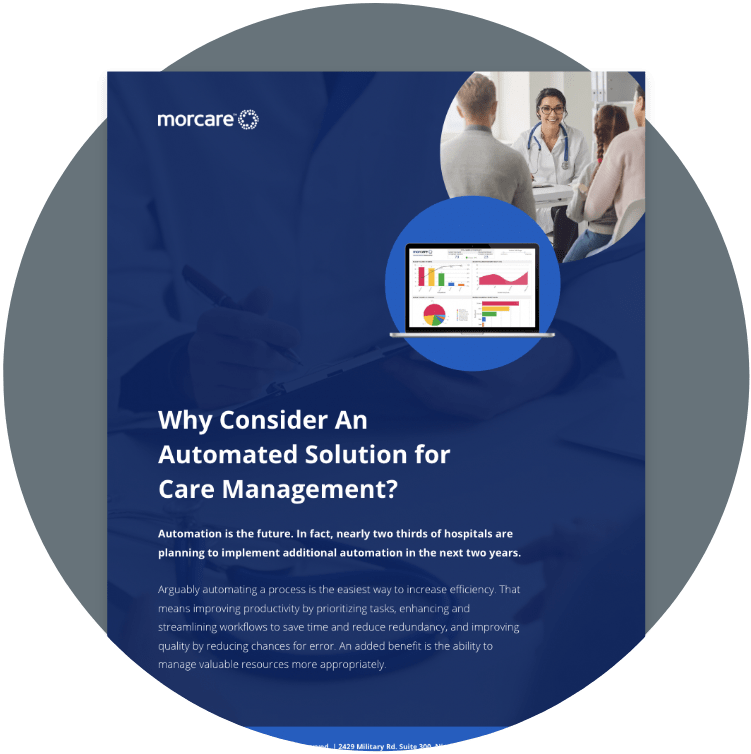Healthcare workflows are complex and often involve multiple stakeholders, including patients, providers, and payers. In 2023, healthcare administrators across the world face the challenge of streamlining workflows to improve efficiency, reduce costs, and enhance patient outcomes.
In this guide, we will provide a step-by-step guide for healthcare administrators looking to improve their practice’s workflows in 2023. We will cover the key areas of workflow analysis, identifying areas for improvement, implementing workflow improvements, risk management, quality management, case management, leveraging technology, and monitoring and evaluating workflow performance.
Analyzing Your Current Workflow
Before you can improve the processes in your medical practice, you need to understand the current ones and identify areas where improvements could be made. This involves mapping out your current workflow, identifying bottlenecks and inefficiencies, and analyzing any data you have on workflow performance.
Once you’ve effectively analyzed your practice’s current workflow, you can take the next step in identifying the various areas that could be improved.
Identify Areas for Improvement
Finding areas for improvement is crucial to improving your practice’s workflow. Here are some of those areas in your practice which you should take a closer look at to see where improvements can be made:
- Communication
- Patient Intake and Registration
- Medication Management
- Billing and Claims Processing
- Bedside Services
- Risk Management
Develop a Plan of Action
Once you have identified the areas in which your practice has room for improvement, it’s time to develop a plan of action to address these areas.
This plan of action should be based on the specific needs and pain points that you found in your organization. From there, you should assign responsibilities and timelines to departmental leaders so that they are tasked with making improvements in their respective departments.
This typically isn’t a simple one and done process. You’re going to have to continually test these improvements in practice and refine them as needed along the way. This way, you can ensure that your practice is continuously improving and not being stuck in one place.
Managing Risk
On top of developing a plan of action, there are also steps that you should take to manage risk throughout your practice. The first step in this process is to identify any potential risks across all departments. Make sure to be thorough and play out every possible scenario so that you aren’t missing anything. Once these risks have been identified, the likelihood and potential impact of each risk should be assessed as well.
Upon establishing a clear picture of potential risks and their impact to your practice, it’s time to finally develop a strategic mitigation strategy. This can be done with the assistance of widely available technology solutions.
Leveraging Technology
In the healthcare sector, there is a wide range of technological solutions available to help you manage your organization’s workflow and mitigate any risks. Using these will both improve your workflow and make sure that your staff is using time effectively and not wasting it on administrative processes. Here are just a few examples of technology solutions that may benefit your healthcare organization:
Care Management System
Keeping clear and consistent communication across your patient’s providers can be a challenge. A care management system is used to assist with this process. This makes for safer transitions, better collaboration, resource networking, discharge planning, and a generally streamlined continuum of care.
Automate Referrals
Patient referrals can be a somewhat tedious process that requires hands-on support from your staff. With medical referral software, you can streamline the referral process so that patients can become more quickly connected with other providers and resources that they need following discharge from your facility.
This can save hours of time that staff would have otherwise spent organizing and executing patient referrals.
Risk Management Software
As we discussed earlier, assessing risks is key for improving your practice’s workflow. You can utilize risk management software to easily identify, assess, monitor any risks in your organization. You can also use this software to analyze trends, allowing you to proactively work toward preventing and minimizing risks in the future.
Analytics and Dashboards
Utilizing analytics and dashboards allow you to easily track performance of workflow improvements to see what’s working and what could be improved. Some key metrics to focus on include turnaround times, error rates, and patient satisfaction.
Improve Your Healthcare Workflow with MorCare
MorCare provides modern administrative management solutions for the modern healthcare organization. If you’re looking to improve the workflow of your practice, request demo to learn more about how we can help.

